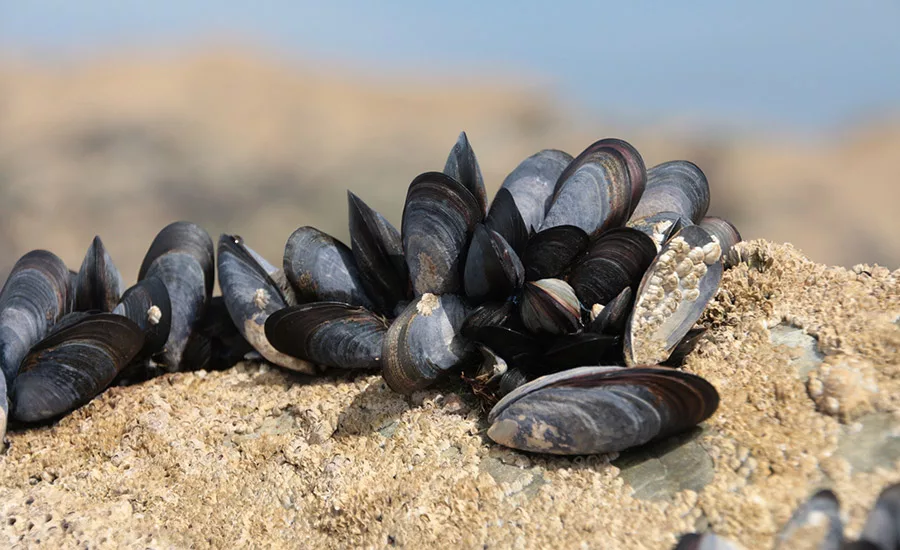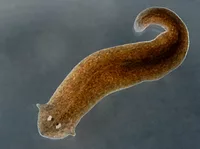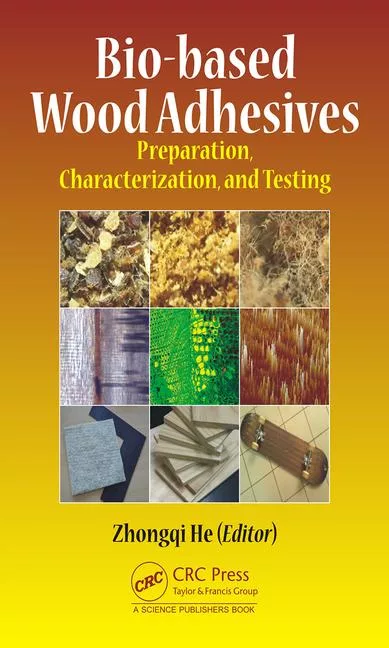Scientists Develop Bio-inspired Medical Adhesive

Ibbo39 / iStock / Getty Images Plus
Every surface in our bodies not covered in skin is lined with a protective layer of mucus — a slimy network of proteins that acts as a physical barrier against bacteria and other infectious agents. In new recently published work, engineers from MIT and Freie Universität Berlin combined sticky, mussel-inspired polymers with mucus-derived proteins, or mucins, to form a gel that strongly adheres to surfaces.
The new mucus-derived glue prevented the buildup of bacteria while keeping its sticky hold, even on wet surfaces. The researchers envision that once the glue's properties are optimized, it could be applied as a liquid by injection or spray, which would then solidify into a sticky gel. The material might be used to coat medical implants, for example, to prevent infection and bacteria buildup.
The team's new glue-making approach could also be adjusted to incorporate other natural materials, such as keratin — a fibrous substance found in feathers and hair, with certain chemical features resembling those of mucus. "The applications of our materials design approach will depend on the specific precursor materials," said George Degen, a postdoc in MIT's Department of Mechanical Engineering. "For example, mucus-derived or mucus-inspired materials might be used as multifunctional biomedical adhesives that also prevent infections. Alternatively, applying our approach to keratin might enable development of sustainable packaging materials."
A paper detailing the team’s results appears in the Proceedings of the National Academy of Sciences. Degen’s MIT co-authors include Corey Stevens, Gerardo Cárcamo-Oyarce, Jake Song, Katharina Ribbeck, and Gareth McKinley, along with Raju Bej, Peng Tang, and Rainer Haag of Freie Universität Berlin.

A Sticky Combination
Before coming to MIT, Degen was a graduate student at the University of California at Santa Barbara, where he worked in a research group that studied the adhesive mechanisms of mussels.
"Mussels are able to deposit materials that adhere to wet surfaces in seconds to minutes," Degen explained. "These natural materials do better than existing commercialized adhesives, specifically at sticking to wet and underwater surfaces, which has been a longstanding technical challenge."
To stick to a rock or a ship, mussels secrete a protein-rich fluid. Chemical bonds act as connection points between proteins, enabling the secreted substance to simultaneously solidify into a gel and stick to a wet surface.
As it happens, similar crosslinking features are found in mucin — a large protein that is the primary non-water component of mucus. When Degen came to MIT, he worked with both McKinley, a professor of mechanical engineering and an expert in materials science and fluid flow, and Katharina Ribbeck, a professor of biological engineering and a leader in the study of mucus, to develop a cross-linking glue that would combine the adhesive qualities of mussel plaques with the bacteria-blocking properties of mucus.
Mixing Links
The MIT researchers teamed up with Haag and colleagues in Berlin who specialize in synthesizing bioinspired materials. Haag and Ribbeck are members of a collaborative research group that develops dynamic hydrogels for biointerfaces. Haag's group has made mussel-like adhesives, as well as mucus-inspired liquids by producing microscopic, fiber-like polymers that are similar in structure to the natural mucin proteins.
For their new work, the researchers focused on a chemical motif that appears in mussel adhesives: a bond between the two chemical groups catechols and thiols. In the mussel's natural glue, or plaque, these groups combine to form catechol – thiol crosslinks that contribute to the cohesive strength of the plaque. Catechols also enhance a mussel's adhesion by binding to surfaces such as rocks and ship hulls.
Interestingly, thiol groups are also prevalent in mucin proteins. Degen wondered whether mussel-inspired polymers could link with mucin thiols, enabling the mucins to quickly turn from a liquid to a sticky gel. To test this idea, he combined solutions of natural mucin proteins with synthetic mussel-inspired polymers and observed how the resulting mixture solidified and stuck to surfaces over time.
"It's like a two-part epoxy. You combine two liquids together, and chemistry starts to occur so that the liquid solidifies while the substance is simultaneously gluing itself to the surface," Degen said.
"Depending on how much cross-linking you have, we can control the speed at which the liquids gelate and adhere," Haag added. "We can do this all on wet surfaces, at room temperature, and under very mild conditions. This is what is quite unique."
The team deposited a range of compositions between two surfaces and found that the resulting adhesive held the surfaces together, with forces comparable to the commercial medical adhesives used for bonding tissue. The researchers also tested the adhesive's bacteria-blocking properties by depositing the gel onto glass surfaces and incubating them with bacteria overnight.
"We found if we had a bare glass surface without our coating, the bacteria formed a thick biofilm, whereas with our coating, biofilms were largely prevented," Degen noted.
The team says that with a bit of tuning, they can further improve the adhesive's hold. Then, the material could be a strong and protective alternative to existing medical adhesives. "We are excited to have established a biomaterials design platform that gives us these desirable properties of gelation and adhesion, and as a starting point we've demonstrated some key biomedical applications," Degen said. "We are now ready to expand into different synthetic and natural systems and target different applications."
This research was funded, in part, by the U.S. National Institutes of Health, the U.S. National Science Foundation, and the U.S. Army Research Office.
Source: MIT
Looking for a reprint of this article?
From high-res PDFs to custom plaques, order your copy today!







